Agronomic Insights
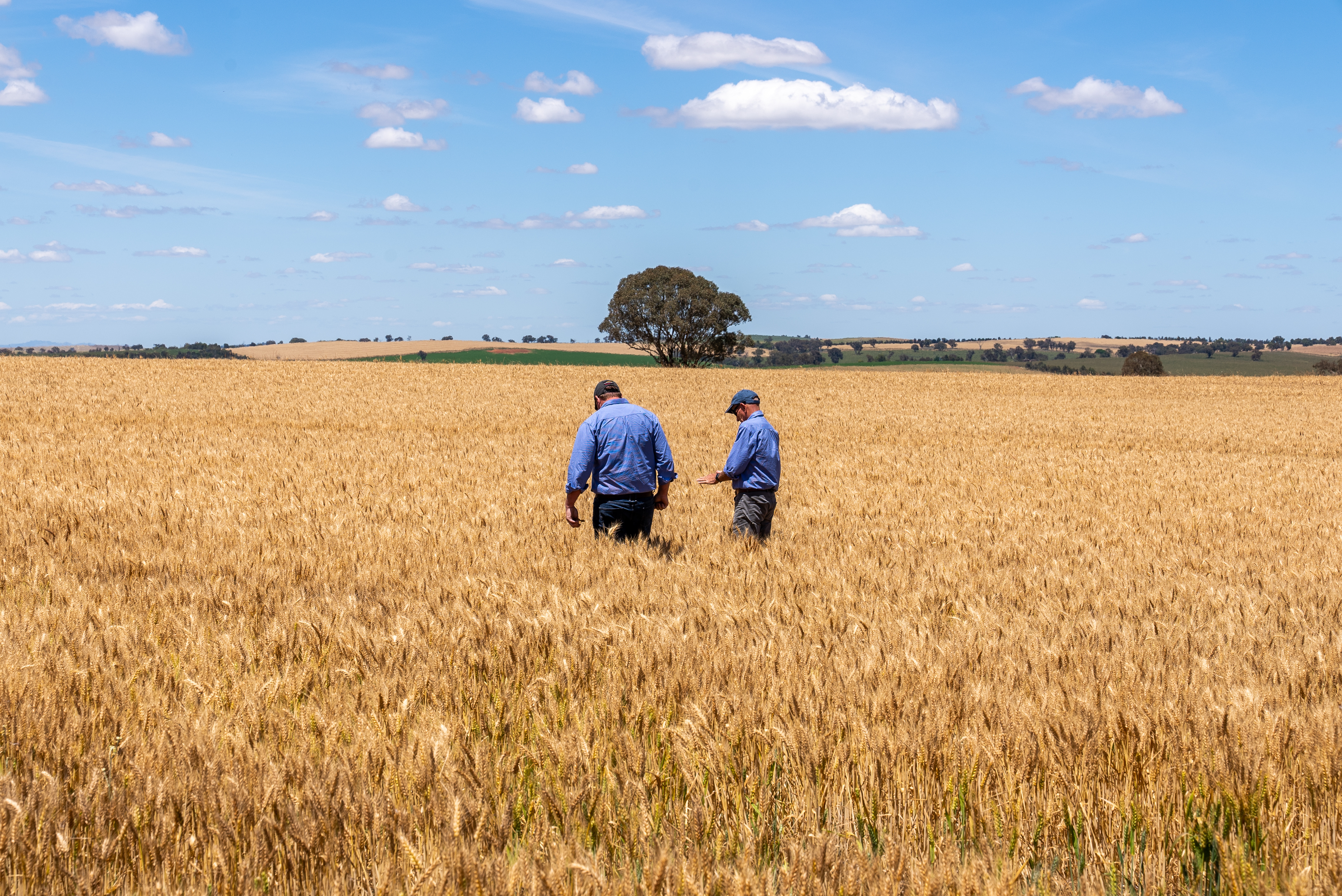
Author: Fiona McDonald – IPF Technical Agronomist
Cereal disease might not be top of mind, given how dry it has been recently in the southern cropping areas, but the risk is still present.
2024 experienced high levels of disease inoculum carryover from 2023 leading to moderate to high disease pressure. As a result, there were grain yield losses of between 10-20% in susceptible varieties (Dadu et. al. 2025).
Below average rainfall coming into the 2025 season could reduce the disease risk. However, other factors, including ‘green bridge’ control, varietal choice, spring temperatures, and spore loads, can contribute to a potential outbreak when conditions start to become favourable.
Be proactive and make sure you have a disease management plan which considers paddock history and variety selection. One management strategy that can be implemented as part of your plan is the use of flutriafol fungicide on starter fertiliser.
Flutriafol
Flutriafol is a highly systemic fungicide and when added to planting fertilisers for in-furrow application (sown in the same furrow as the seed, not broadcast) can provide excellent early season control for certain diseases in wheat, barley, and canola.
Placement
It is recommended that flutriafol treated fertiliser is placed in the seed furrow with the seed. When applied with fertiliser it enters the roots of the developing plant and is transported throughout the plant. Flutriafol breaks down slowly and remains available to be taken up by the roots for extended periods, which is essential for disease control during the first 6-8 weeks of the season.
If flutriafol treated fertilisers are placed below the seed or side banded away from the seed, the developing roots will have limited access which may reduce protection. Seasonal factors like cold, wet soils may also affect crop emergence, root development and slow the uptake of fungicide. Fungicide uptake by developing roots may also be reduced if the fertiliser rates is less than 40kg/ha.
When flutriafol is applied in-furrow as a fertiliser treatment in canola, wheat and barley, plants must not be grazed or cut for fodder for four weeks after planting.
When applying fertiliser with the seed it is important to take into consideration the rate of nitrogen (N) in direct contact with the seed and the potential to adversely affect germination and emergence. The rate at which N can be safely applied in contact with the seed depends on many factors including the soil type, its moisture status, the row spacing, amount of soil disturbance (for example, minimum tillage versus a fully prepared seedbed) and crop type. The rate can be as low as 15 kg/ha N in winter cereals where soils have marginal soil moisture and disturbance is minimal, (for example, at wider row spacings with a disc opener). Small-seeded crops, such as canola, are less tolerant of N with the seed than the larger seeded cereal grain crops. Read more on fertiliser application with the seed here: Managing fertiliser application with seed.
Images: (1) Wheat crop near Moree, (2) Wheat head
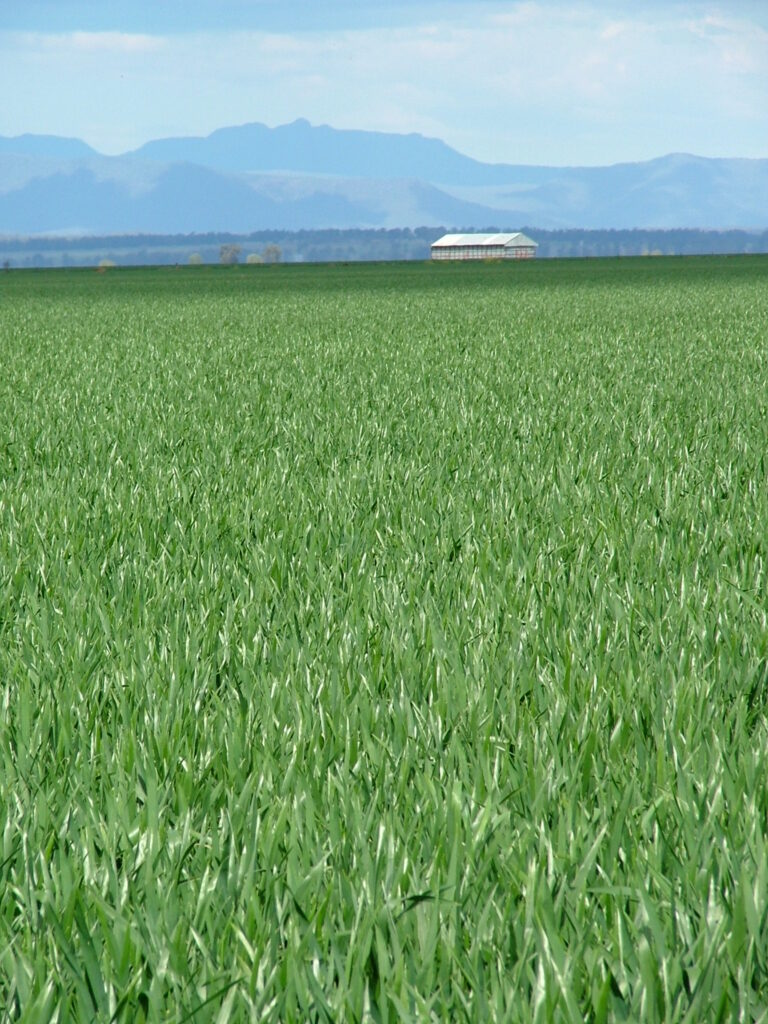
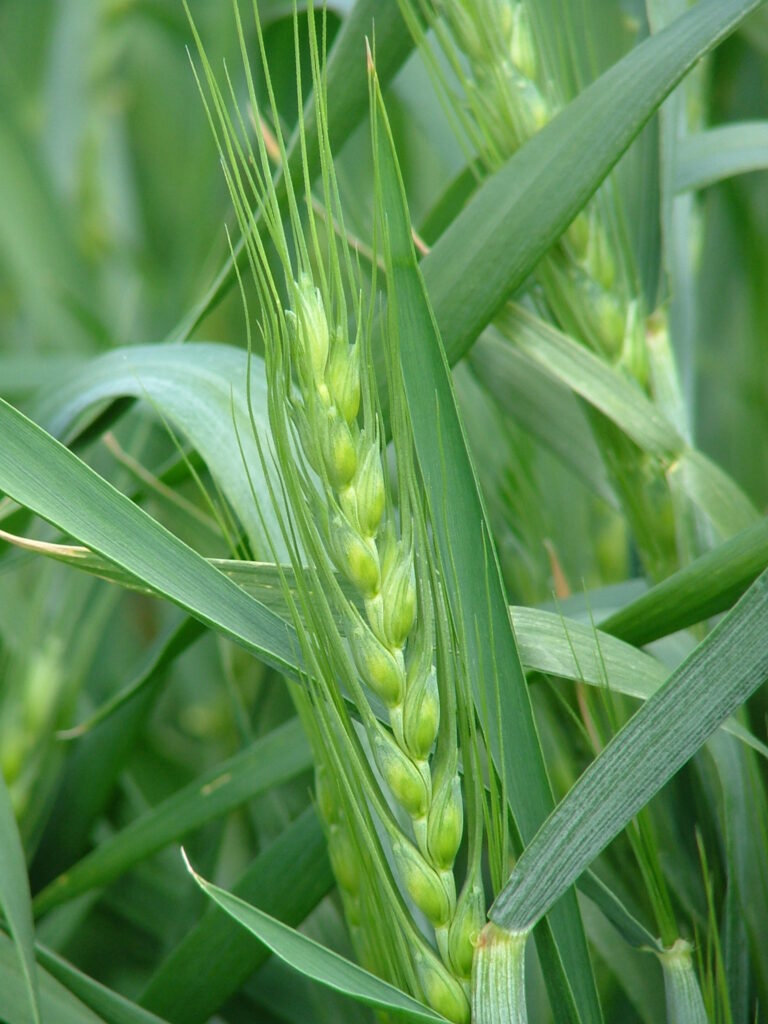
Photo credit: Jan Edwards, Director of Agronomy & Sustainability, Incitec Pivot Fertilisers
Fertilisers
Incitec Pivot Fertiliser Product Distribution Centres can effectively treat a range of fertilisers with flutriafol fungicide at despatch.
The treatment of fertiliser with fungicide may affect storage characteristics and flow rates through planters. The effect of flutriafol fungicide on product quality varies with the product and local climatic conditions. The more humid the environment, the more likely it is that storage characteristics and flow rates will be affected. Application equipment should be calibrated to ensure the correct rates of fertiliser and fungicide are applied. Treated fertiliser should not be stored for extended periods of time before use.
Flutriafol fungicide should not be added to SuPerfect, due to the variation in its particle size.
DAP is more likely to be adversely affected by the addition of flutriafol fungicide than MAP and MAP-based fertiliser such as Granulock® SS and Granulock Z. This is because the higher N content of DAP makes it more likely to absorb moisture and DAP has a lower Critical Relative Humidity than MAP. Incitec Pivot Fertilisers has found that the quality of DAP is most likely to be affected by the addition of flutriafol fungicide at rates above:
- 4 L/t ex Geelong;
- 6 L/t ex Distribution Centres in South Australia.
Higher rates of addition (up to 6 L/t) can generally be used with MAP.
Blends containing more than 35% Urea and/or Gran-Am® (granulated ammonium sulphate) may be adversely affected by the addition of flutriafol 500g/L active fungicide. Incitec Pivot Range Blends that contain more than 35% Urea and/or Gran-am include:
- Crop Lift 15
- Granulock Z 15 S
- Granulock Z 20 S
- Granulock Z 25
- Granulock Z 29
- Mallee Mix 2 Zn 1.5%
- N-Rich 26
- N-Rich 32:10
It is recommended that the concentration of Urea and/or Gran-Am not exceed 50% in any blend to which flutriafol 500g/L active fungicide is added.
Rate
The rate at which flutriafol needs to be added to fertiliser to achieve the desired application rate per hectare will depend on the rate at which the planting fertiliser is being applied. The higher the fertiliser rate, the lower the fungicide addition rate will be. Two things to keep in mind are:
- at low addition rates, less than 2 L per tonne, coverage of the fertiliser granules with fungicide is less uniform;
- addition rates over 3L/t may adversely affect the flow rate and handling characteristics of dusty or poorly granulated fertilisers, and those high in N.
The lowest fungicide application rate that can be applied through the equipment operated by Incitec Pivot Fertilisers is 1 L/t. The rate can be adjusted upwards by the following increments per tonne – 0.3, 0.5, 0.8 and 1.0 L/t.
Please consult the label for rates.
Transport and Handling
Equipment (such as augers, silos and trucks) used to store, handle and transport fertiliser must be thoroughly cleaned before being used for other purposes such as for grain. The presence of fungicides may affect compliance with food safety standards and the marketability of farm produce on domestic and international markets. More detail can be found in the IPF Use Directions Flutriafol.
Sweep or use compressed air to remove most of the dust, then wash with detergent. Do not allow rinsate to enter waterways. If on farm, the waste can be disposed of by spreading lightly and uniformly on agricultural land that will be planted to crops in which the fungicide is registered for use.
Safe Handling
Avoid eye or skin contact and dust inhalation. Do not handle fertiliser treated with fungicide with bare hands.
Summary
- Be proactive and make sure you have a disease management plan.
- In-furrow application of flutriafol can provide excellent early season control for certain diseases in wheat, barley, and canola.
- Consult the label for rates.
References
Dadu H, Thanabalasingam D, Hollaway G, and Chhetri M (2025) Cereal disease update 2025. GRDC Update paper 2023. https://grdc.com.au/resources-and-publications/grdc-update-papers/tab-content/grdc-update-papers/2025/02/cereal-disease-update-2025
A great resource on the management of stripe rust is available at this link NSW DPI Stripe-rust-management-2023.
Further information
For more information and advice about fungicides, you may contact our Technical Agronomists:
Fiona McDonald – Broadacre Agronomy & Ideation on 03 9731 3109, or fiona.mcdonald@incitecpivot.com.au
Lee Menhenett – Pasture Agronomy & Ideation on 0412 565 176, or lee.menhenett@incitecpivot.com.au
Dave McRae – Broadacre & Pasture Agronomy & Ideation on 0477 987 321, or david.mcrae@incitecpivot.com.au
You can also refer to the IPF Use Directions Flutriafol.
®Granulock and Gran-Am are registered trademarks of Incitec Pivot Limited.
DISCLAIMER
This is a guide only, which we hope you find useful as a general tool. While IPF has taken all reasonable care in the preparation of this guide, it should not be relied on as a substitute for tailored professional advice and IPF accepts no liability in connection with this guide. Incitec Pivot Fertilisers manufactures and sources fertilisers from other suppliers. The fertiliser supply chain extends beyond the company’s direct control, both overseas and within Australia. Incitec Pivot Fertilisers hereby expressly disclaims liability to any person, property or thing in respect of any of the consequences of anything done or omitted to be done by any person in reliance, whether wholly or in part, upon the whole or any part of the contents of this article.
You might also be interested in these
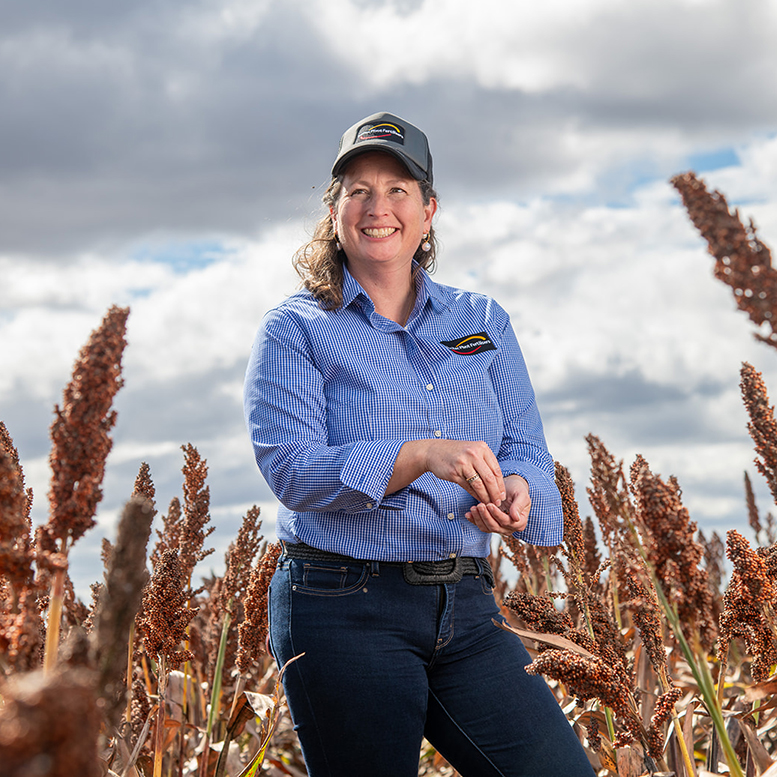
Horticulture, Pasture, Sugar, Summer Crop, Winter Crop
Get your coat on
October / 2024
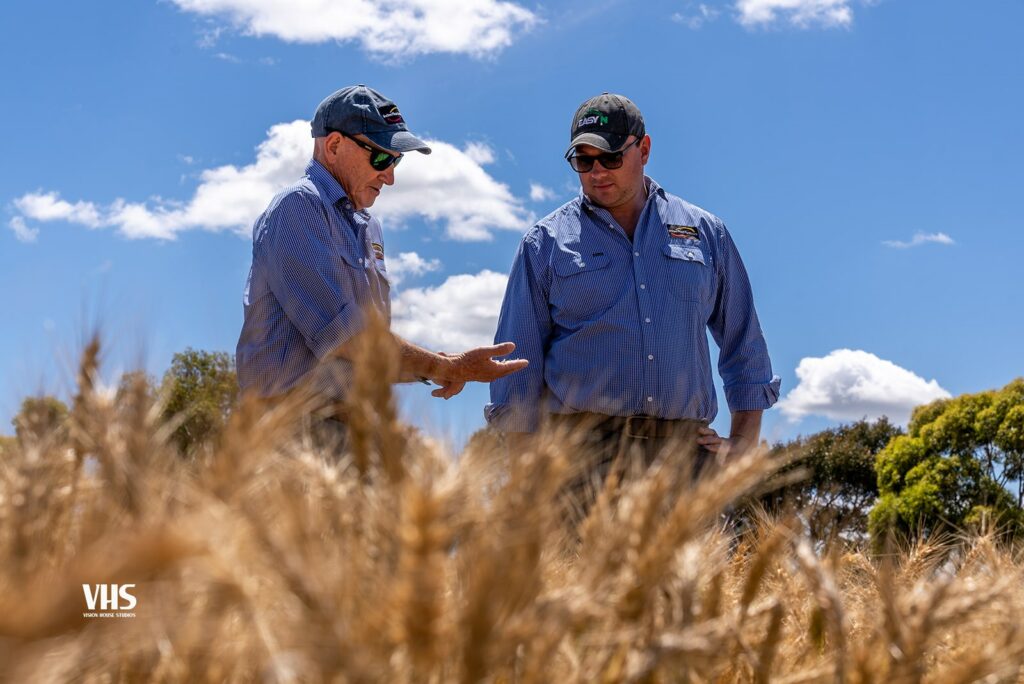
Winter Crop
Strategies for optimising nitrogen use efficiency for challenging seasons
June / 2023
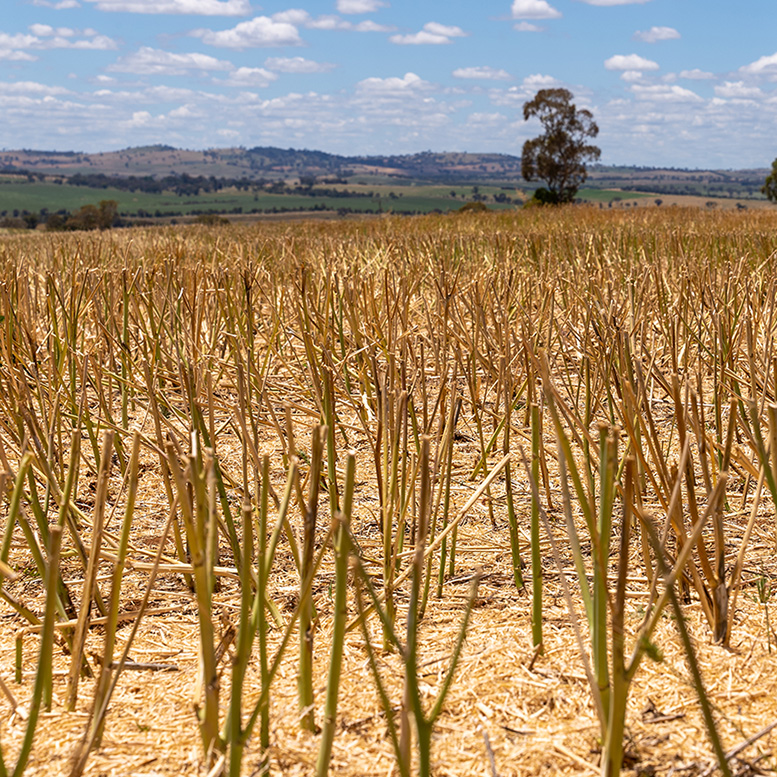
Winter Crop
Down, down, soil phosphorus levels are down…
January / 2024
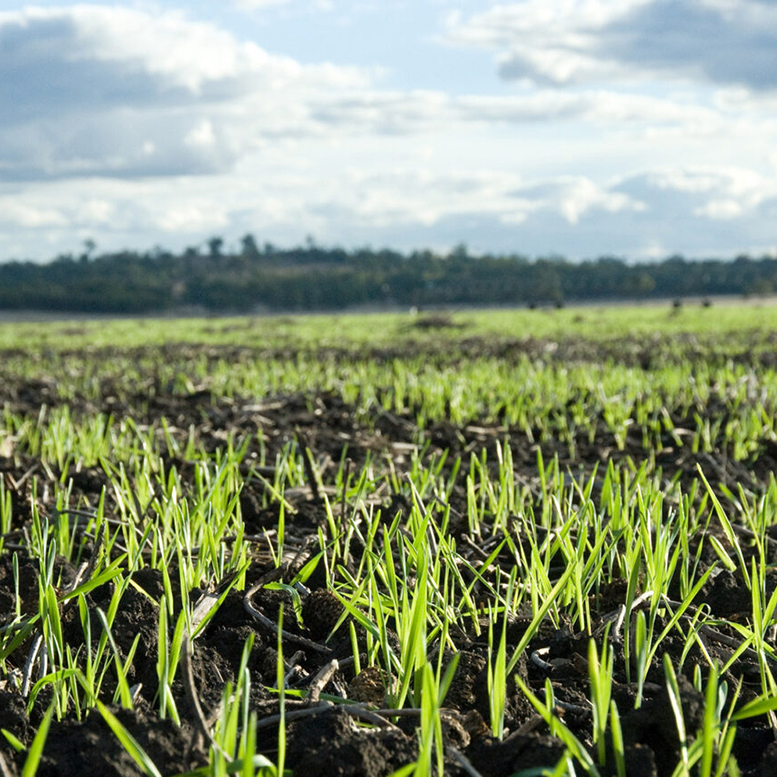
Winter Crop
Managing Nitrogen Topdress in 2024
May / 2024

